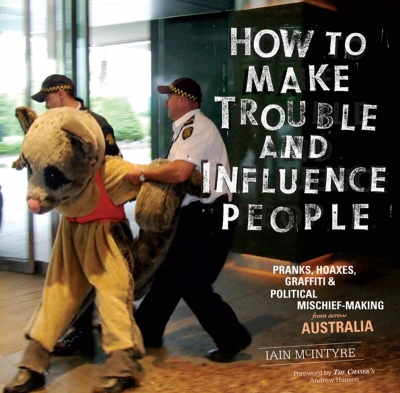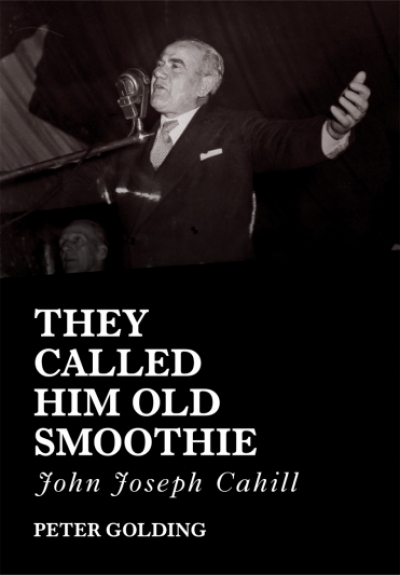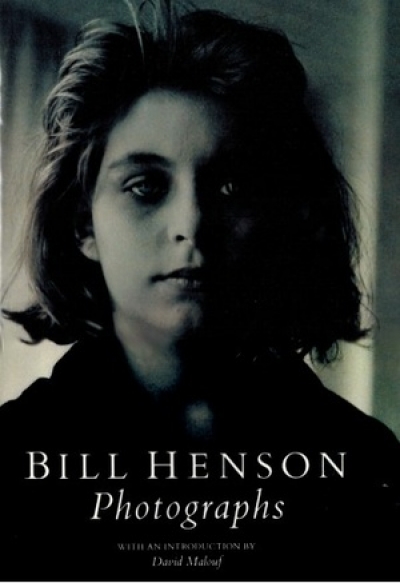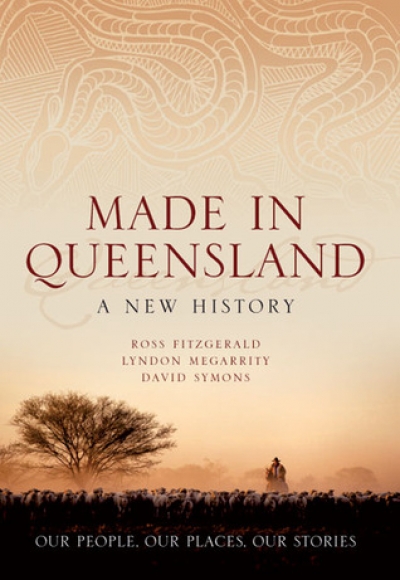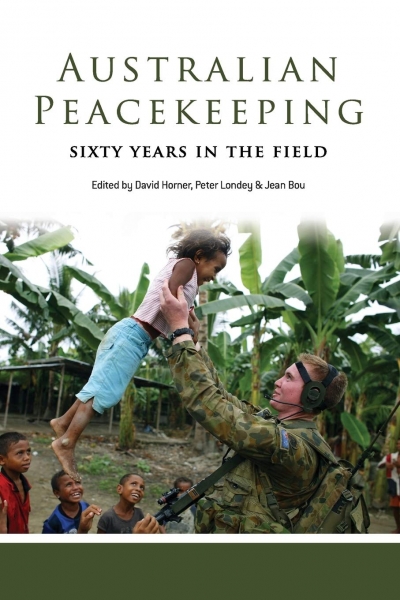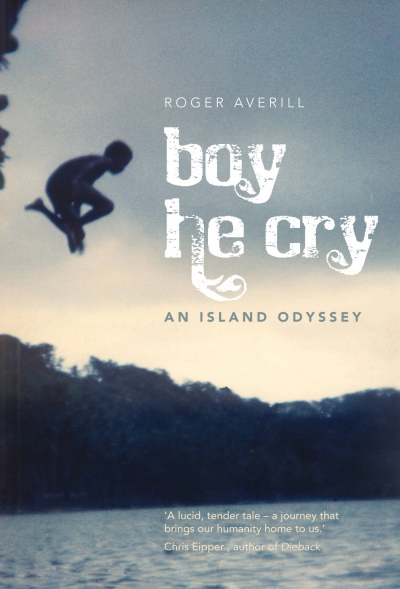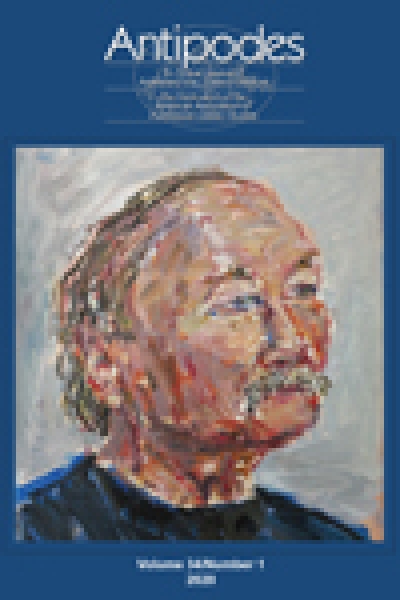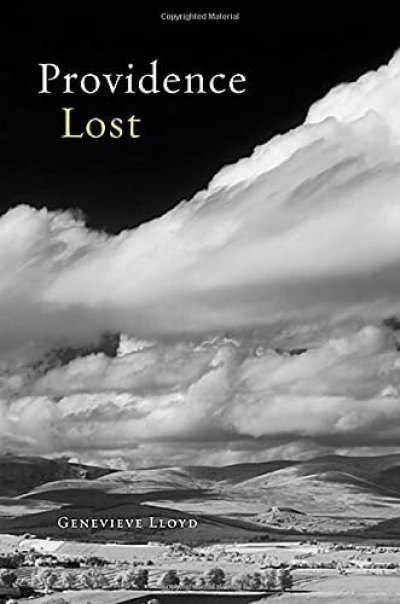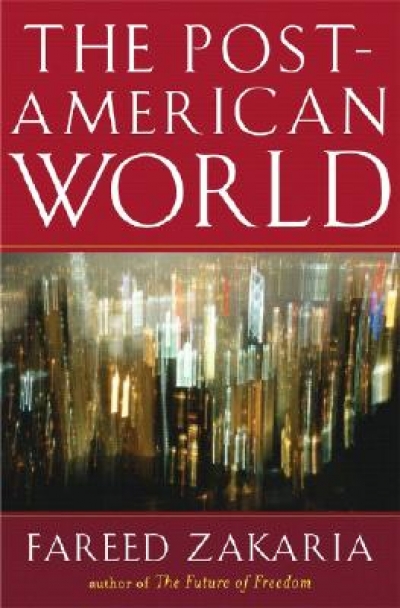NonFiction
A Singular Voice: Essays on Australian art and architecture by Joan Kerr edited by Candice Bruce, Dinah Dysart, Jo Holder
by Susan Steggall •
How to Make Trouble and Influence People: Pranks, hoaxes, graffiti & political mischief-making by Iain McIntyre
by Dan Rule •
They Called Him Old Smoothie: John Joseph Cahill by Peter Golding
by Lyndon Megarrity •
Bill Henson: Photographs by Bill Henson, introduction by David Malouf
by Helen Grace •
Made in Queensland: A new history by Ross Fitzgerald, Lyndon Megarrity and David Symons
by Bill Metcalf •
Australian Peacekeeping: Sixty years in the field edited by David Horner, Peter Loney and Jean Bou
by Alex Bellamy •

